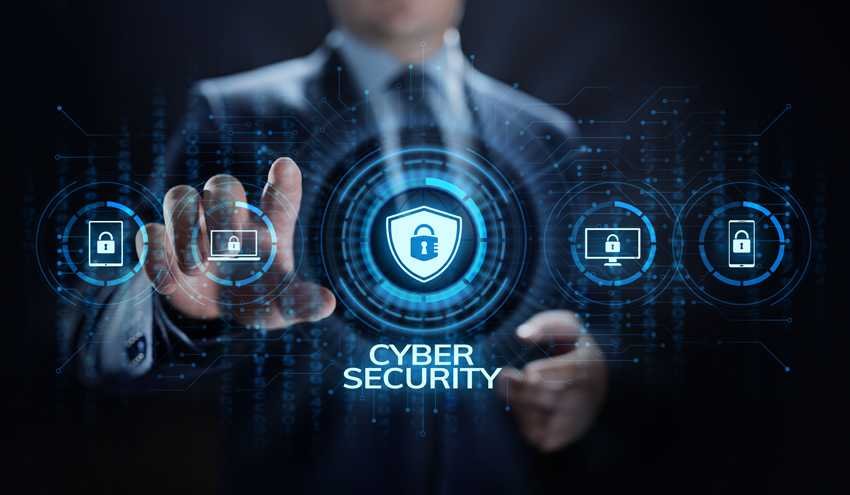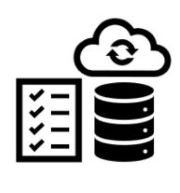Cybersecurity is more important now than ever, and with more and more businesses around the world being affected by cyberattacks, having adequate cyber insurance has become essential.
Due diligence is a crucial part of getting the right cyber insurance policy. Companies should evaluate their potential risks and vulnerabilities in order to determine if they need a robust policy or if a cheaper, lower-coverage policy can suffice. Knowing what type of policy they need can help them save money while increasing assurance that they are properly covered if an attack occurs.
Companies need to understand that getting the right cyber insurance policy comes at a cost, as premiums tend to increase significantly when coverage increases. However, with proper due diligence, companies can make sure that their policies meet their needs without paying too much for unnecessary coverage.
Cybersecurity companies are recognizing “cyber extortion coverage” or “ransomware cyber insurance” as a critical element in protecting against the increasing ransomware threats and cyber attacks. This type of insurance protects organizations from losses due to such malicious activities, such as data breaches, ransomware threats, and other forms of cyber attacks.
By providing this type of coverage, cybersecurity companies can give their clients greater security and peace of mind. This coverage helps ensure that they won't be responsible financially for payments associated with an attack that results in the loss or theft of sensitive data. It also provides protection against any reputational losses that may arise after such an attack has taken place.
Ransomware & cyber extortion cyber insurance
Ransomware cyber insurance, also known as cyber extortion coverage, can protect organizations and their customers from the financial losses associated with a malicious attack. Cyber security companies offer this coverage under their cyber liability policies, typically included with a sublimit to help cover medical expenses related to those affected by the attack. Such policies allow companies to respond quickly and effectively to a ransomware attack, limiting the downtime and damage caused. By providing this protection, cyber security companies can ensure that businesses have a back-up option in case of malicious attacks or other unforeseen disasters.
What is Cyber Insurance?
Cyber insurance offers an additional layer of security for businesses against the ever-growing risk of a ransomware attack. Ransomware is a type of malicious software designed to block access to critical data on your computer system until a ransom is paid. By purchasing cyber insurance, companies can minimize the financial impact if they are hit by such an attack, as the policy reimburses victims for any losses incurred as a result of the incident. Cyber insurance also offers security consulting services such as malware removal and web application testing that can help reduce the risk of being targeted in the first place. Companies looking to protect themselves from ransomware should consider investing in cyber insurance to ensure their critical systems are protected against these kinds of threats.
Cyber Insurance& ransomware Protections
Cyber insurance is increasingly becoming an integral part of a company's cybersecurity policy in the face of fast-growing cybercrime threats like ransomware. Ransomware attacks can cause significant financial loss and affect companies' operations in many ways. Cyber insurance acts as a safeguard against such malicious programs and financially mitigates any losses related to the attack and helps companies get back on track without too much disruption. Companies must ensure that they have cyber insurance policies in place to protect themselves from ransomware attacks which have the potential to wreak havoc on any system.
Cyber insurance provides protection against ransomware. Cyber insurance works by providing coverage for financial losses and other damages caused by a hacker, malware or ransomware attack. Cyber insurance policies often cover losses related to data privacy and security, reputation damage, business interruption, and legal expenses. This type of coverage is increasingly becoming more critical as companies are increasingly exposed to cyber-attacks like ransomware. Ransomware is malicious software that locks down computers and networks, preventing users from accessing their own data until a certain amount of money is paid in return for the unlock code. With cyber insurance in place, organizations can ensure that their operations are protected from the financial costs associated with these malicious attacks.
Cyber insurance protects you by transferring loss
Cyber criminals are on the rise, and companies need to do whatever they can to combat attacks from ransomware, malware and phishing attempts. Cyber security companies offer organizations a comprehensive solution for cyber extortion coverage that helps protect against costly losses associated with successful infiltrations. Cyber extortion coverage can be included within a cyber liability policy as a sublimit or it can be secured separately, depending on your company’s risk exposure profile. With this coverage in place, businesses can rest assured that their cyber risk is adequately covered and their reputation is protected.
With the increasing threat of cyber fraud, companies must perform some due diligence to ensure they have adequate protection. Cyber insurance policies protect businesses from any financial losses caused by cyber-attacks. However, without proper due diligence, companies may end up paying higher premiums or getting policies that do not cover all aspects of the risk.
Therefore, to reduce costs and get the right coverage, companies need to perform thorough research and find insurance providers who offer reasonable terms and conditions with their cyber insurance policies. Companies must also consider factors like premiums, deductibles, limits, and exclusions before purchasing a policy.
By doing so they will be able to get the most suitable coverage for their business at an affordable price.
Cyber insurance due diligence is a key process for any business when evaluating the cost and level of protection offered by their cyber insurance policy. As cyber risks continue to evolve, companies must always be aware of the increasing cost and premiums associated with their current policy and evaluate whether it is enough to keep up with the latest malicious threats.
In order to ensure the most effective protection, companies should conduct due diligence on their cyber insurance policies. This not only involves understanding how claims will be handled in different scenarios, but also considering the cost of increased coverage and extra premium costs that might be necessary. By understanding their risk profile and protecting themselves adequately, businesses can ensure they are equipped if they are ever faced with a malicious attack.
Cyber attacks are rising yearly, with more businesses falling victim to cyber- Attacks resulting in security breaches and financial losses. As a result, more companies are now investing in cyber insurance policies to protect their data and minimize damages. However, this increased demand of cyber insurance policies has led to an increase in policy premiums, making it costlier for businesses to obtain the coverage they need. In this article, we will discuss why cyber insurance premiums continue to rise and suggest potential solutions for companies looking for coverage.
Cyber insurance has become an essential part of any business's risk management strategy. As cyber-attacks become more frequent and destructive, enterprises are turning to cyber insurance providers to protect themselves from costly damages. But as the amount of claims for cyber-attacks increases, so does the increase in premium costs to cover those losses. This article will explore the reasons why we can expect to see a continuous increase in cyber insurance premiums over time.
Cyber insurance policies are becoming increasingly popular as more and more companies are seeing the benefit of having a policy in place to protect their business from cyber-attacks. As more companies realize the impact of cyber security breaches, the demand for cyber insurance is likely to increase, driving up premiums.
As prices increase, so too does the importance of having a comprehensive cyber insurance policy that covers all the possible loopholes that can occur during an attack. With this in mind, businesses are wise to explore their options when selecting their providers and to ensure they get the best coverage available for their needs. By exploring these options and understanding what is covered under different policies, firms can make an informed decision about which provider offers them the most protection at a competitive premium cost.
















